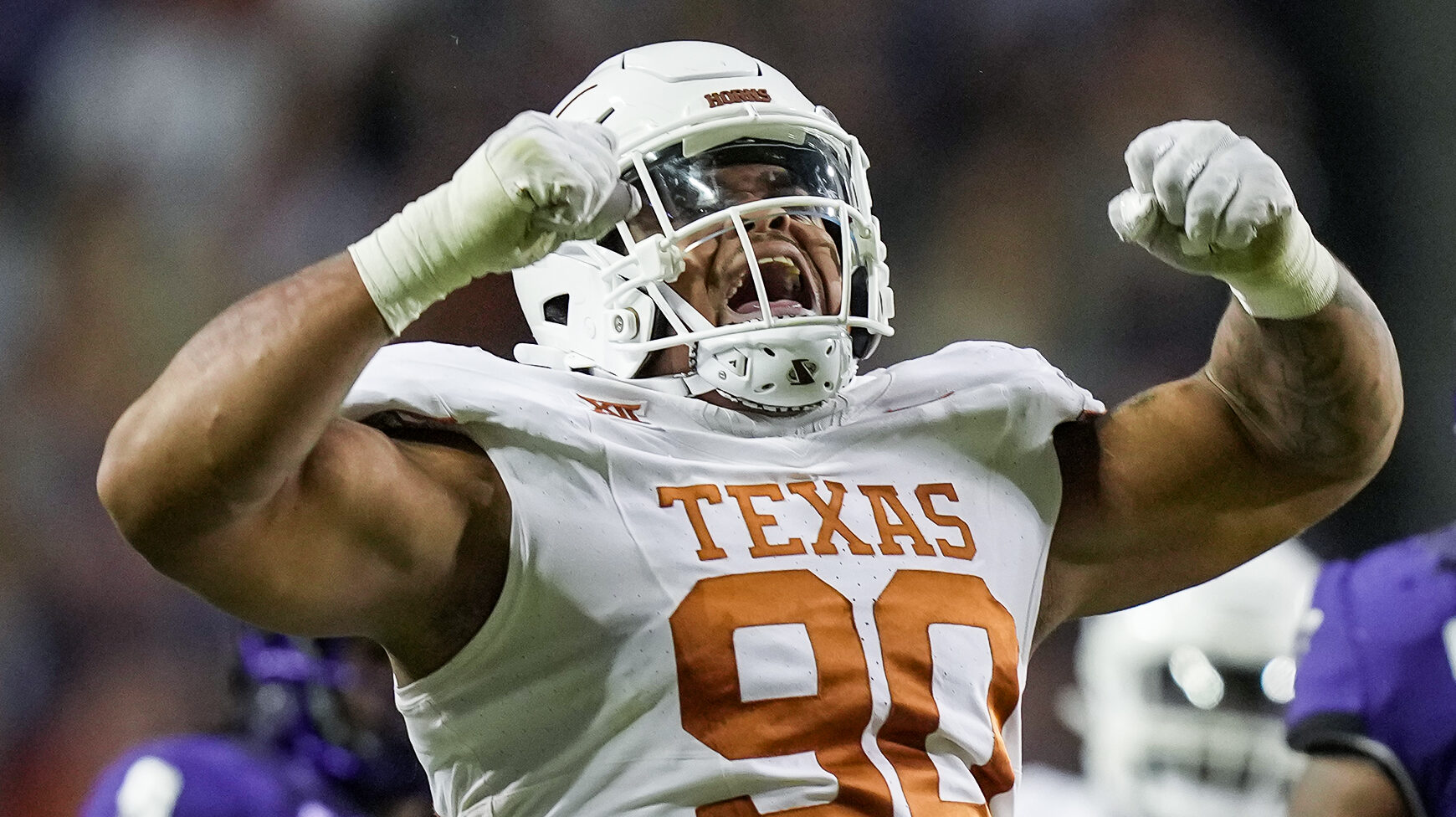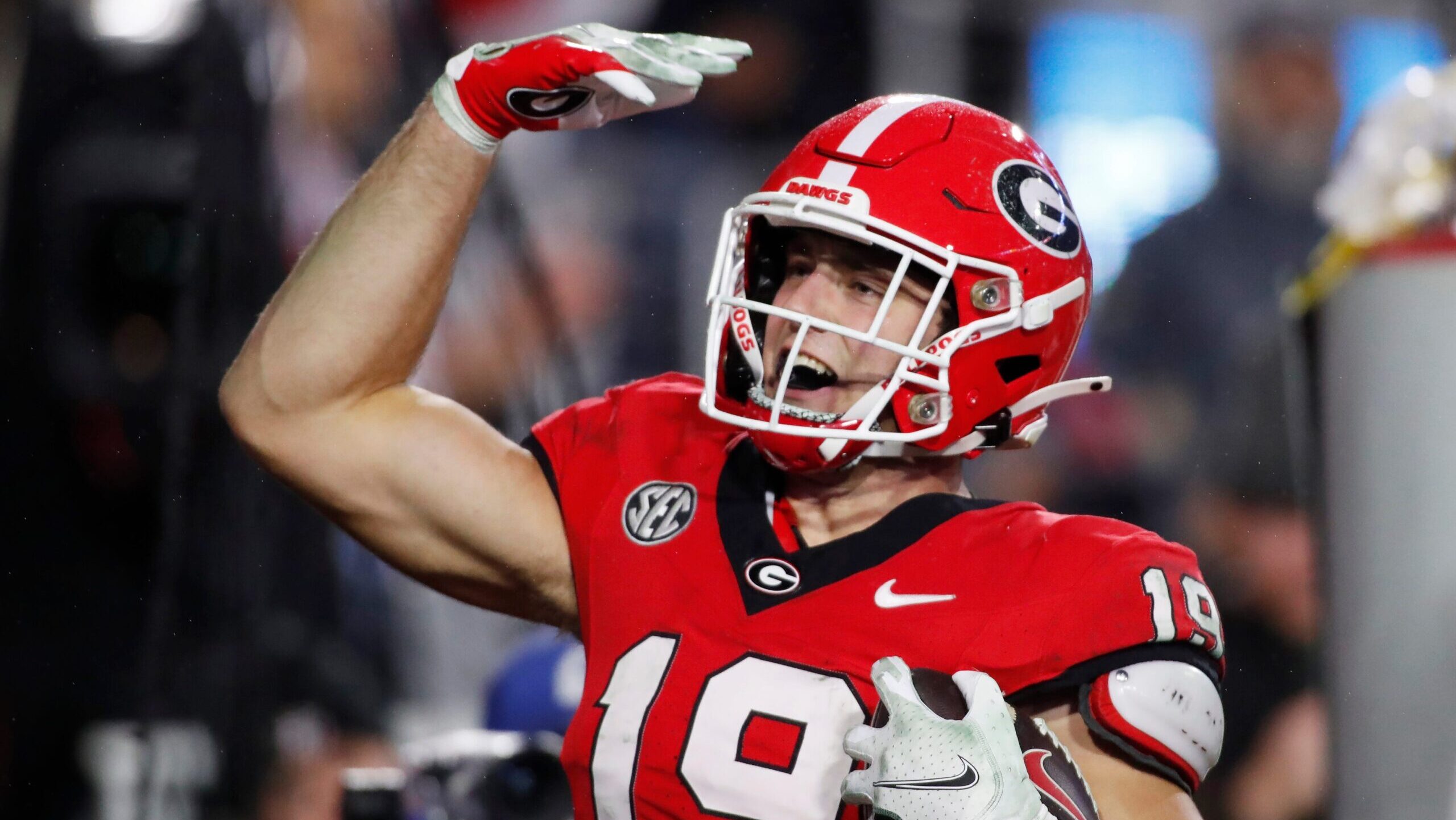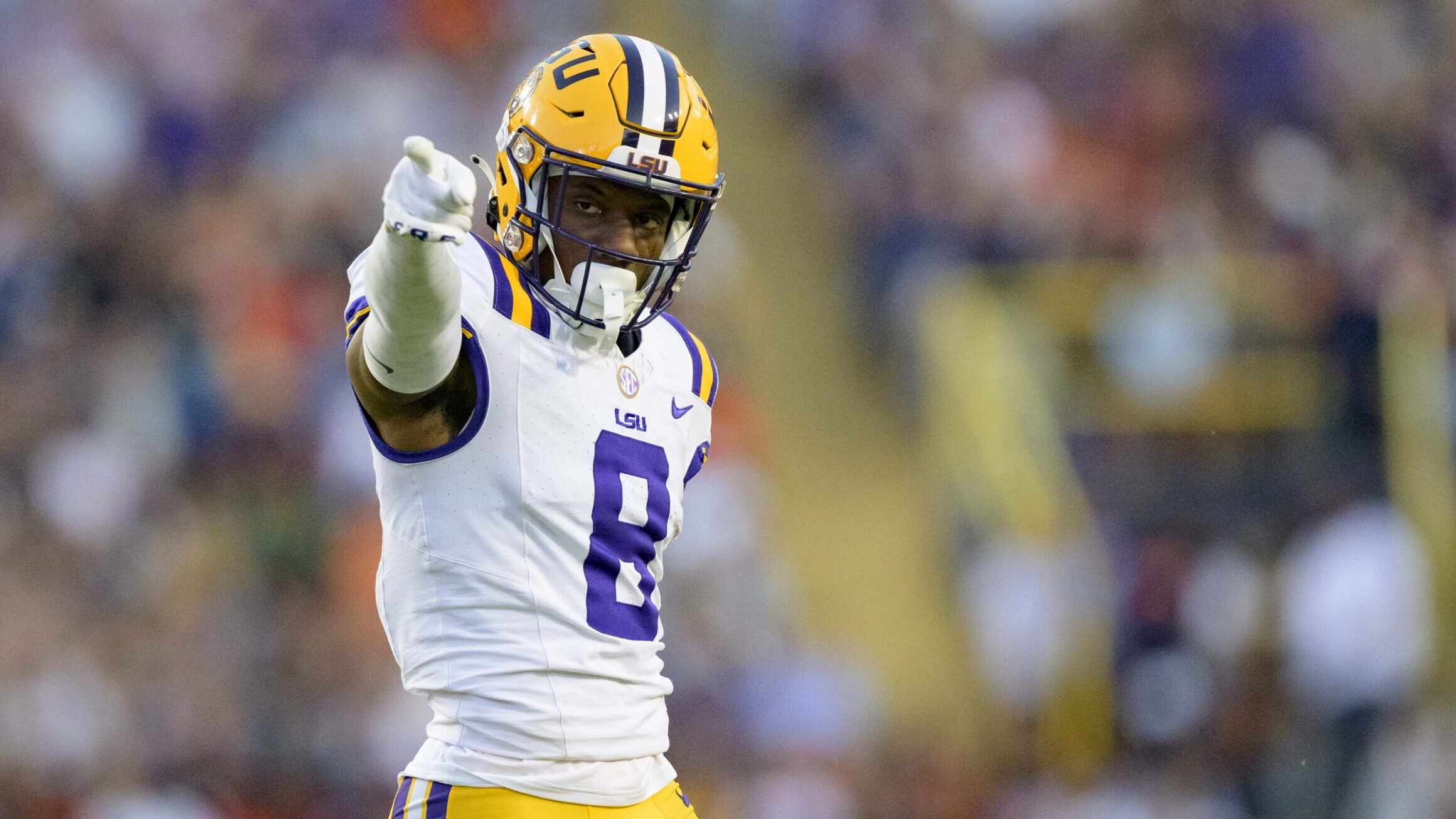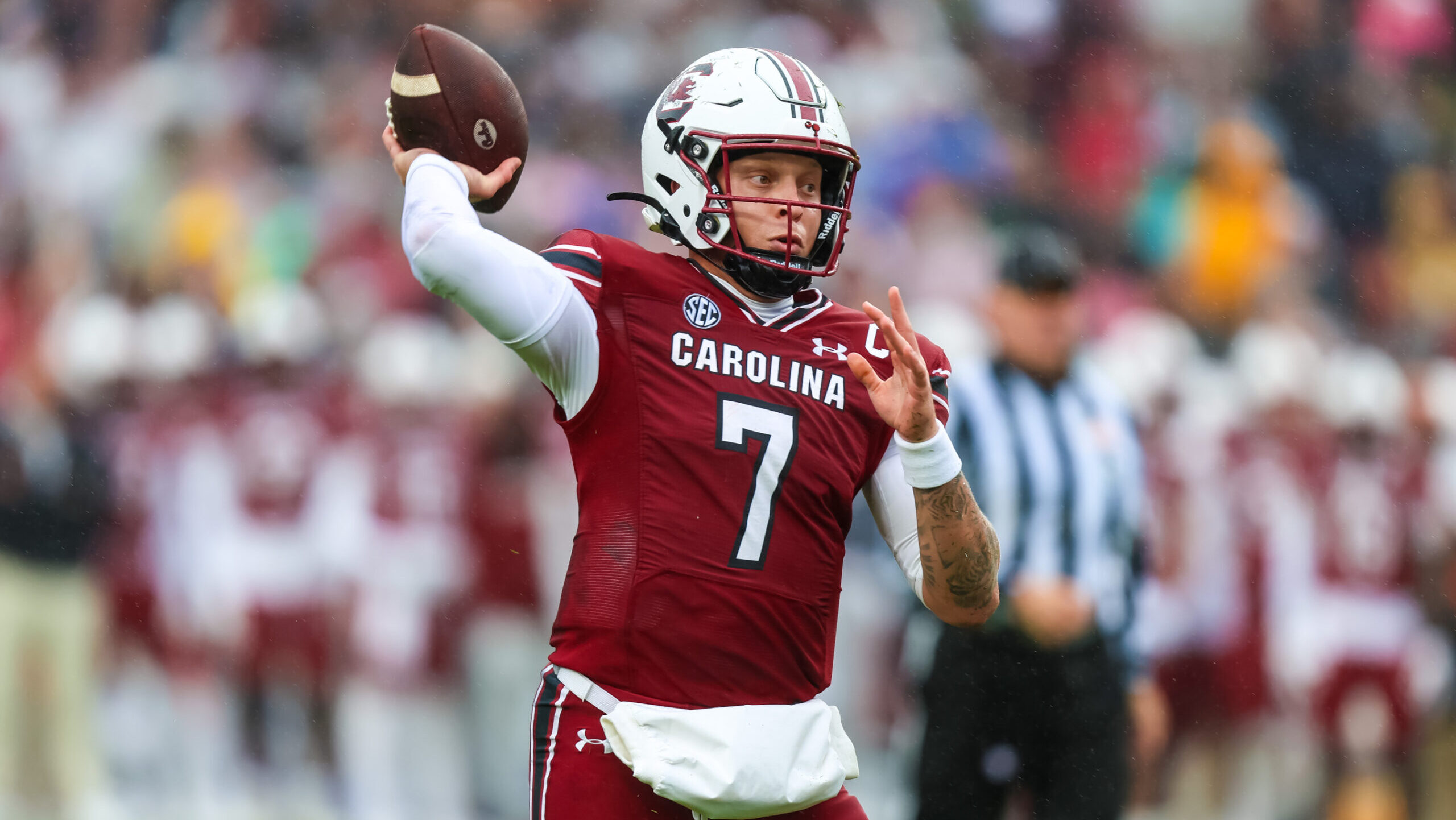Analysis
10/28/22
4 min read
DK Metcalf Injury Outlook: Potential For Quick Return
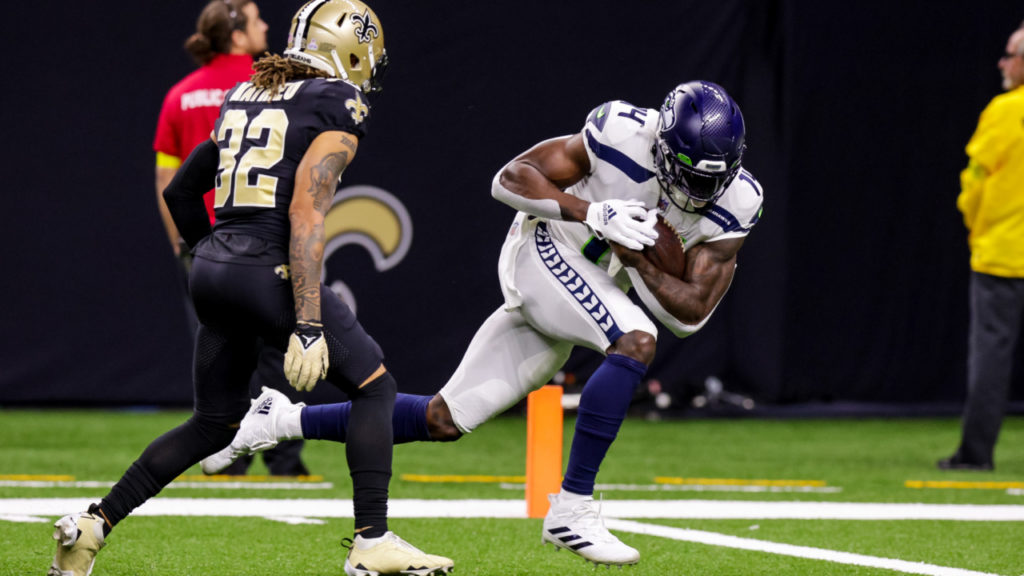
Have you ever tried to find a restaurant that someone recommended but you forgot the name of it and it’s in an unfamiliar area of a town? That’s like the vague details reported regarding DK Metcalf’s patellar tendon injury and his estimated return to play.
Metcalf was immediately ruled out after injuring his left knee with the football world abuzz speculating the worst-case scenarios. The high level of concern was subdued when head coach Pete Carroll said that the X-rays came back negative, and Metcalf will not need surgery, but the follow-up reports remain ambiguous.
Pete Carroll has made comments like Metcalf “hurt his patellar tendon some,” and later suggested that it’s an injury that may have been an older injury. On Wednesday, Carroll said that Metcalf “feels a little better” and Metcalf participated in Wednesday’s walkthrough, but he was officially listed as a DNP. Metcalf has expressed his desire to practice this week but registered another DNP on Thursday and there is no clear timetable for his return.
So, we are left with Metcalf suffering an unknown injury to his patellar tendon that may be acute, or it could be chronic. He’s feeling better and he wants to practice, but there is no clarity for when he will return to play.
Let’s examine patellar tendon injuries to fill in the gaps of information and help determine Metcalf’s injury outlook.
Patellar Tendon Analysis
The first aspect to appreciate is where Metcalf’s injury is located to dispel any confusion. There are two tendons that attach to the patella: the quadriceps tendon and the patellar tendon. The patellar tendon extends from the patella to the shin bone. This distinction is important as the rates of injuries and the estimated time loss varies between the two different tendons.
Patellar tendon injuries are not a common occurrence and most of the research conducted at this site for NFL players are geared towards complete ruptures. Obviously, a complete rupture is not the case for Metcalf, so where does that leave us?
Despite the low incidence and research revolving around NFL athletes, general research suggests that minor patellar tendon injuries have a high return to play rate without a significant loss in time.
For our purposes, significant loss of time is considered absent for > 30 days. And within this group that return within this 30-day timeframe, the vast majority return within a week. Without knowing specific details of Metcalf’s injury, the fact that he is feeling better and wanted to practice this week is promising.
The next concern is the risk of a reinjury upon his return. Carroll’s comments suggesting it may have been an older injury leads to the suspicion of patellar tendinopathy. Tendinopathy is a broad term that encompasses tendons with pain and/or swelling.
Metcalf's Recovery
Advanced imaging of Metcalf’s knee presumably showed a disruption in the patellar tendon tissue, but the exact timing of the injury remained unclear based on the stages of healing observed by the Seahawks medical staff. Metcalf may have been playing with his issue and felt something occur in his knee when he landed, or this could be a completely new injury. Either way, both scenarios would be a reasonable estimation.
A history of tendinopathy does not indicate that a partial or complete tear is imminent. The fact that the nature of Metcalf’s injury remains unclear demonstrates that. Obviously, you do not want to put a compromised tissue under an excessive load, so the Seahawks would be wise to err on the side of caution upon his eventual return.
The Seahawks will continue to take it day-by-day as they monitor Metcalf’s progress. Although the timeline of return remains unclear, a short absence is not an unreasonable expectation. It will be prudent to monitor his daily practice participations to gain insight into his activity levels and his response to the increased demands. When Metcalf is cleared to play, he should return to his prior level without a major concern of a reinjury.
Prepared by James Rodriguez PT, DPT


